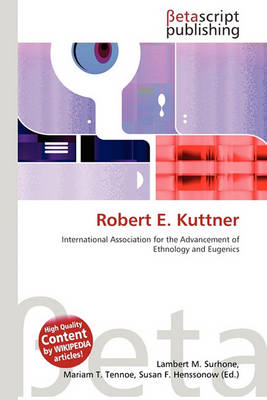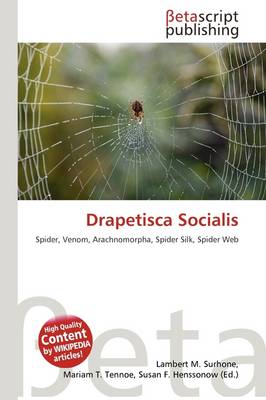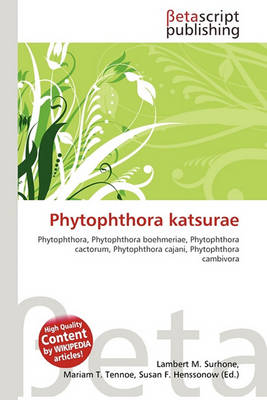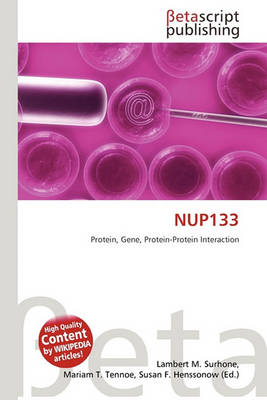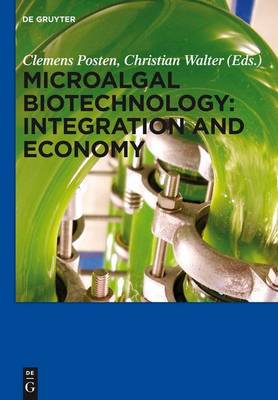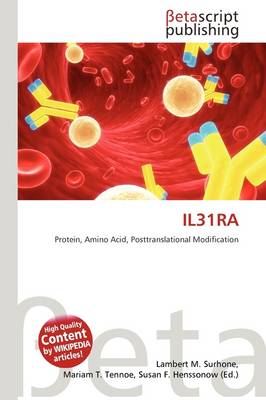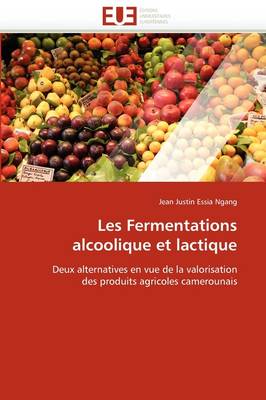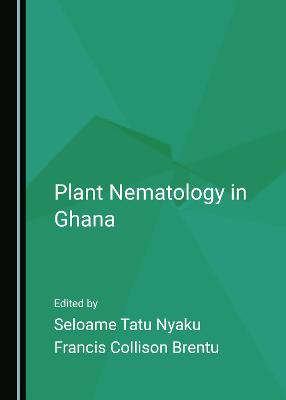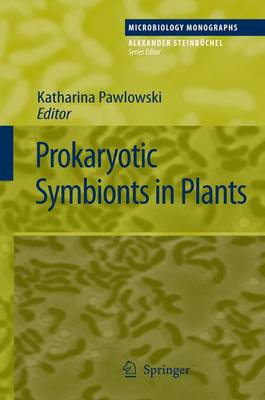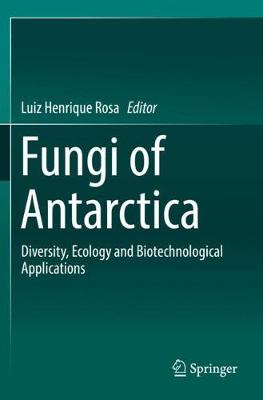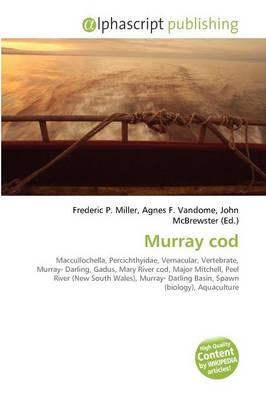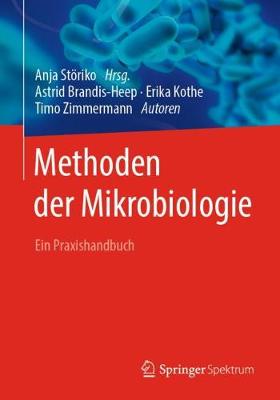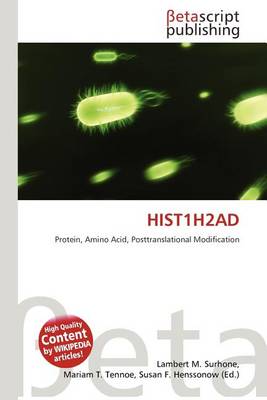With the high interest in renewable resources, the field of algal biotechnology has undergone a huge leap in importance in recent years. The book Microalgae Biotechnology - Integration and Economy treats integrated approaches to bring the high potential of microalgae into application, accelerate the development of really working production processes and put finally the products on the market. Close interaction of biology and process engineering becomes visible in the described processes. The big...
Les Fermentations Alcoolique Et Lactique (Omn.Univ.Europ.)
by Essia Ngang-J
This review of recent developments in our understanding of the role of microbes in sustainable agriculture and biotechnology covers a research area with enormous untapped potential. Chemical fertilizers, pesticides, herbicides and other agricultural inputs derived from fossil fuels have increased agricultural production, yet growing awareness and concern over their adverse effects on soil productivity and environmental quality cannot be ignored. The high cost of these products, the difficulties...
11th Hour (11th Hour) (Eleventh Hour - Boston)
by Darralyn McCall, David Stock, and Phillip Achey
"The 11th Hour Series" of revision guides have been designed for quick reference. The organisation of these books will involve students actively in the learning process and reinforcement of concepts. At the end of each chapter there will be a test including multiple choice questions, true/false questions and short answer questions, every answer will involve an explanation. Each book will contain icons in the text indicating additional support on a dedicated web-page. Students having difficulties...
Plant Nematology in Ghana
This book focuses on nematode-parasitizing crop plants grown in Ghana and the West Africa sub-region. It offers information on nematode types, and their population densities in both soil and root samples on selected crops cultivated in Ghana, with particular focus on nematodes of tree crops, vegetables, fruits, and other crops.
Drinking Water Safety and Contamination (Issues in Toxicology)
For the past 150 years, countries around the World have endeavoured to provide pure and wholesome drinking water for their population. The use of chlorine to disinfect water about 100 years ago led to a marked decrease in deaths from microbiological contamination. However, continual advances in industrial and agricultural processes has led to a continuing need to analyse water for chemicals and microbiologicals and assess their risk to health. This book reviews recent information on potential co...
This thorough revision of Singleton's bestselling second edition covers the essentials of bacteriology, including pure, applied, and practical aspects. Written in an accessible, easy-to-read style, the book features many new topics and over 200 new or revised references from recent literature.
Alcamo's Fundamentals of Microbiology, Eighth Edition provides a firm foundation in microbiology with an emphasis on human disease. It is written for students in nursing and allied health programs and is appropriate for non-majors microbiology courses. The Eighth Edition of this classic text, revised by award winning educator Jeffrey Pommerville, retains the late Ed Alcamo's student friendly style. Microbiology is a rapidly advancing and dynamic discipline. Dr. Pommerville presents new content o...
Medical Microbiology for Students
Prokaryotic Symbionts in Plants (Microbiology Monographs, #8)
by Katharina Pawlowski
Endophytic prokaryotes can invade the tissue of the host plant without triggering defense reactions or disease symptoms. Instead, they promote the growth of the host plant due to their ability to fix atmospheric dinitrogen and/or to produce plant growth-promoting substances. This Microbiology Monographs volume presents up-to-date findings on the interactions between plants and beneficial prokaryotes, including the use of genomics for the analysis of plant-prokaryote symbioses and their evolution...
Fungi of Antarctica
This book focuses on the fungi found in one of the most pristine regions on Earth: Antarctica. It discusses the fungal occurrence in all substrates of the region, including soil, seawater, lake and marine sediments, rocks, ice, and snow. It also addresses the impact of climate changes on these organisms, the genomic techniques developed to study them, and how a number of compounds, such as antibiotics and enzymes, produced by the Antarctic fungi can be used in medicine, agriculture and the chemi...
Murray Cod
by Frederic P Miller, Agnes F Vandome, and John McBrewster
Methoden Der Mikrobiologie
by Astrid Brandis-Heep, Erika Kothe, and Timo Zimmermann
Impact Des Rejets Bruts Sur Le Littoral Et La Population Riveraine (Omn.Univ.Europ.)
by Moubarrad-F
This reference is designed to meet the practical needs of winery personnel working in the areas of micobiological surveillance and quality control. It addresses "real world" problems, such as the identification and enumeration of micro-organisms and their impact on production and stability. For each topic, discussions provide the necessary background information and detailed, step-by-step laboratory procedures. The author also discusses the interpretation of results (including relevant statistic...
